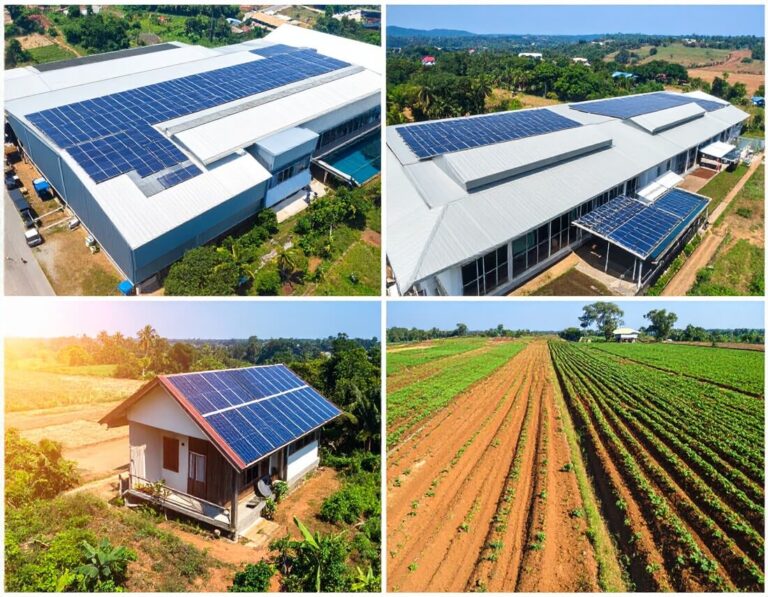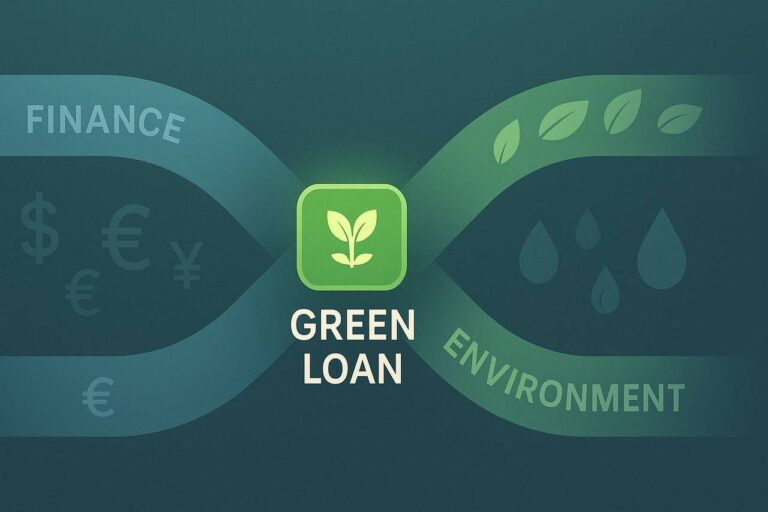Why Banks in Cambodia Should Prioritize Green Investments

Green investments are becoming a crucial component of sustainable economic growth worldwide. In Cambodia, where economic development is rapidly expanding, banks play a significant role in financing projects that shape the future. By prioritizing green investments, banks can contribute to environmental sustainability while fostering long-term financial stability. This article explores why banks in Cambodia should focus on green investments, the benefits they offer, and the challenges they might face.
The Importance of Green Investments for Banks in Cambodia
Green investments refer to financial initiatives that support environmentally friendly projects, such as renewable energy, energy efficiency, sustainable agriculture, and waste management. With Cambodia facing increasing environmental concerns, including deforestation, pollution, and climate change, banks can become key players in promoting sustainable development.
1. Aligning with Global Sustainability Trends
- Many global financial institutions are integrating Environmental, Social, and Governance (ESG) factors into their investment decisions.
- Cambodian banks that prioritize green financing will align with international banking standards and attract foreign investors.
- Institutions like the World Bank and Asian Development Bank (ADB) offer funding support for banks that promote sustainability.
2. Meeting Regulatory and Policy Requirements
- The National Bank of Cambodia (NBC) is increasingly encouraging financial institutions to incorporate sustainability into their lending strategies.
- The government’s commitment to environmental goals aligns with regional and global agreements on climate action, such as the Paris Agreement.
- Banks that adopt green investment policies proactively can avoid regulatory risks and benefit from government incentives.
3. Enhancing Financial and Market Competitiveness
- Green investments can reduce long-term financial risks associated with climate change, such as extreme weather events and resource scarcity.
- Banks offering green financing can attract environmentally conscious businesses and consumers.
- Sustainable finance can open doors to innovative financial products, such as green bonds and sustainability-linked loans.
Key Green Investment Opportunities for Cambodian Banks

Banks in Cambodia have numerous opportunities to support green projects while achieving profitable and sustainable growth.
1. Renewable Energy Projects
- Investing in solar and wind energy projects can reduce Cambodia’s dependence on fossil fuels.
- The country’s abundant sunlight makes solar energy a particularly viable investment.
- Supporting renewable energy startups can drive job creation and innovation in the sector.
2. Sustainable Agriculture and Agritech
- Green financing can support sustainable farming practices that reduce deforestation and soil degradation.
- Investing in agricultural technology (AgriTech) can increase crop yields while minimizing environmental impact.
- Loans for farmers adopting eco-friendly irrigation systems and organic farming methods can promote long-term sustainability.
3. Green Infrastructure and Transportation
- Financing projects related to energy-efficient buildings, smart cities, and green transportation can reduce Cambodia’s carbon footprint.
- Supporting electric vehicle (EV) adoption through green car loans can help transition to sustainable mobility.
- Investing in eco-friendly urban development aligns with Cambodia’s growing urbanization needs.
4. Waste Management and Circular Economy Initiatives
- Providing financial support for recycling and waste management companies can address Cambodia’s waste crisis.
- Encouraging businesses to adopt circular economy practices (reducing, reusing, and recycling materials) can create sustainable business models.
- Banks can collaborate with NGOs and government agencies to fund waste-to-energy projects.
Challenges Banks Face in Adopting Green Investments
While green investments offer numerous benefits, banks in Cambodia may encounter challenges when implementing sustainable finance initiatives.
1. Lack of Awareness and Expertise
- Many financial institutions in Cambodia lack expertise in evaluating green investment projects.
- Training bank staff on ESG criteria and sustainability risk assessment is crucial.
- Partnering with global financial organizations can help bridge knowledge gaps.
2. Limited Market Demand
- Businesses and individuals may not fully understand the benefits of green financing.
- Awareness campaigns and incentives, such as lower interest rates for eco-friendly loans, can drive market interest.
- Collaboration with government agencies and environmental organizations can help educate the public.
3. Higher Initial Investment Costs
- Some green projects, such as renewable energy infrastructure, require high upfront capital.
- Banks may hesitate to finance such projects due to perceived risks.
- Access to international green funds and government subsidies can mitigate financial barriers.
4. Regulatory and Policy Gaps
- While Cambodia is making progress in sustainability regulations, clear guidelines on green banking are still developing.
- Banks may require stronger policy support and incentives to scale up green financing efforts.
- Engaging policymakers to create a well-defined green finance framework can drive faster adoption.
How Cambodian Banks Can Successfully Implement Green Investments
To overcome challenges and maximize the benefits of sustainable finance, banks in Cambodia can adopt strategic approaches.
1. Develop Green Finance Strategies
- Establish clear policies and criteria for green investments.
- Integrate ESG factors into credit risk assessment and loan approval processes.
- Set measurable sustainability goals and track progress.
2. Partner with International Green Finance Organizations
- Collaborate with institutions such as the United Nations Environment Programme Finance Initiative (UNEP FI) and the International Finance Corporation (IFC).
- Leverage funding opportunities from global climate finance programs.
- Exchange knowledge and best practices with other banks leading in green investments.
3. Launch Awareness and Education Campaigns
- Educate customers and businesses about the benefits of green finance.
- Offer financial incentives, such as lower interest rates on green loans.
- Host workshops and training sessions to build a sustainability-focused banking culture.
4. Innovate Green Financial Products
- Introduce green bonds to attract sustainable investment capital.
- Develop sustainability-linked loans with incentives for businesses that meet environmental targets.
- Offer eco-friendly mortgage options for energy-efficient homes.
Conclusion
Green investments present a significant opportunity for banks in Cambodia to drive sustainable economic growth while securing long-term financial stability. By aligning with global sustainability trends, complying with emerging regulations, and supporting key green initiatives, banks can position themselves as leaders in Cambodia’s transition toward a greener future. Overcoming challenges through strategic planning, international partnerships, and innovative financial products will enable Cambodian banks to thrive in the evolving landscape of sustainable finance.
Call to Action: Are you a business or individual interested in green financing options? Contact your local bank to learn more about sustainable investment opportunities and how you can contribute to a greener Cambodia.



